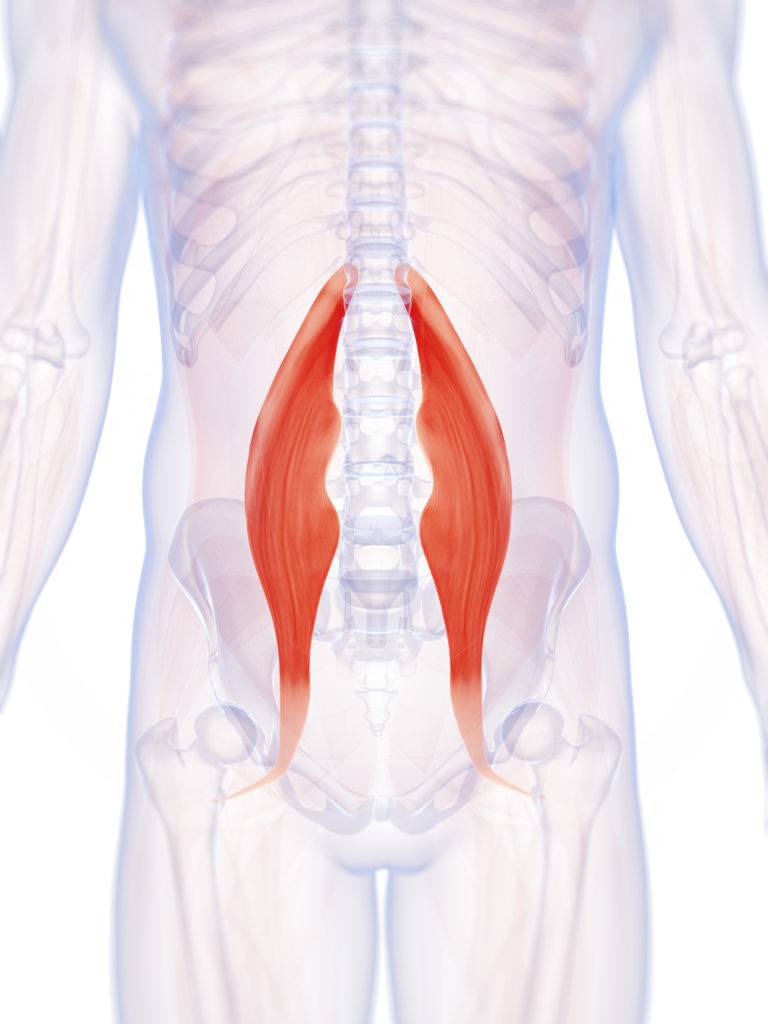
Our topic of study for this school year is well known muscles groups. Last month, we looked at the hamstrings, examining the different muscles that compose the group and how these muscles act on the back of the leg and even the posture. If you missed it, you can catch up here.
This month we are going to focus on another group of muscles that also gets attention, the hip flexors. There are multiple muscles that make up the hip flexor group. They are the Tensor Fascia Lata (TFL), Rectus Femoris, Satorius and the Iliopsoas. Even the adductors (a whole other group of muscles on the inner thigh requiring a discussion for another time) have the potential to assist in hip flexion.
Of the hip flexor group, three of the muscles start on the front of the hip bone. They are the TFL, the Rectus Femoris and Satorius. As they attach to the front of the hip bone, these muscles can only flex or bring the leg to 90 degrees. They obviously cannot pull the leg higher than hip bone level as that is where these muscles begin.
Which leads to the iliopsoas, the hip flexor muscle I particularly want to highlight. The iliopsoas is composed of the psoas major, psoas minor and the iliacus. Interesting to note that not everybody has a psoas minor. The psoas major and minor have the same function so for those without a psoas minor they may never know it.
The psoas major starts deep in low back at the (lumbar) spine and runs across the front of the hip bone and attaches onto the leg (femur). The iliacus starts inside the hip bone and then runs along with the psoas to attach at the same spot on the leg bone.
As it has a higher starting point, the psoas major can bring the leg into hip flexion past 90 degrees. Because the psoas attaches on the spine, it not only effects the hip and leg but also has an impact on the lower back. If the psoas is tight, this can pull the lower back forward creating an arch.
Discussing the hip flexors so far we have focused on lifting or flexing the leg toward the torso. It is important to mention that the psoas can flex or bring the trunk toward the legs as in a full sit up or roll up.
The term hamstrings and hip flexors are something that you may hear a lot in Pilates and beyond. I trust the break down of these muscle groups and how they act on the legs, hips and spine has been insightful. Next time you hear one of these terms, hopefully you will have greater appreciation for the beauty and complexity of the human body and all it does for you on a daily basis without even thinking about it.
